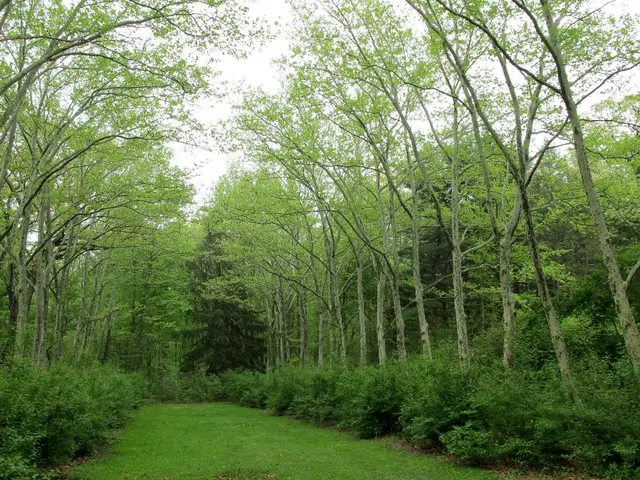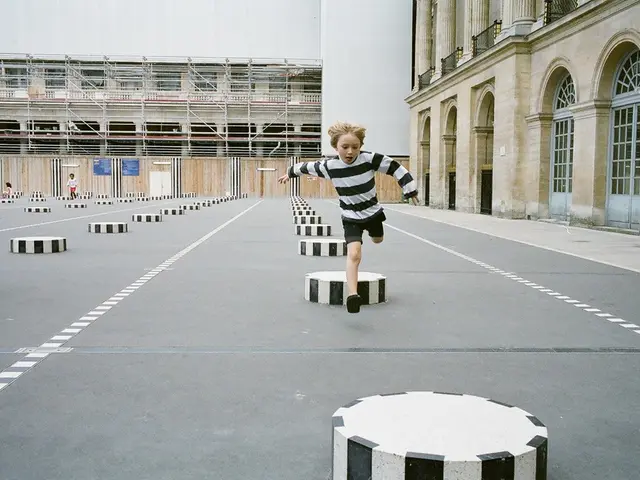Astronaut records extraordinary red aurora in captivating ISS footage
In a stunning display of celestial beauty, NASA astronaut Don Pettit recently captured a video of an aurora from the International Space Station (ISS). The video, posted on Sunday, showcases a strong red element, a sight rarely seen from Earth.
Auroras are natural light displays in Earth's sky, caused by charged particles from the solar wind colliding with atoms and molecules in the upper atmosphere. While green auroras are more common, red auroras are a rarity, occurring 2-3 times during a six-month mission to the ISS.
Pettit, at 70 years old, is NASA's oldest serving astronaut. Known for his impressive photography and video captures from the space station, Pettit once described a red aurora as, "The sun goes burp and the atmosphere turns red."
Red auroras, like the one captured by Pettit, appear at higher altitudes above 124 miles (200 kilometers). They result from specific atmospheric conditions, with low-energy electrons interacting with atomic oxygen at altitudes around 200-300 km under geomagnetic storm conditions, specifically in auroral zones during nighttime, under clear, stable atmospheric conditions that allow red emissions from excited atomic oxygen to dominate.
Green auroras, on the other hand, typically appear at lower altitudes of around 62-124 miles (100-200 kilometers).
Pettit's most recent mission has come to an end, and Digital Trends marked the occasion by gathering his best work from the preceding seven months. The compilation includes the rare video of the red aurora, a testament to Pettit's keen eye and dedication to capturing the wonders of space.
Throughout his career, Pettit has been to orbit four times. Despite the conclusion of his latest mission, he has expressed a desire to fly to space again. His work continues to inspire and awe, offering us a glimpse into the beauty and mystery of the cosmos.








